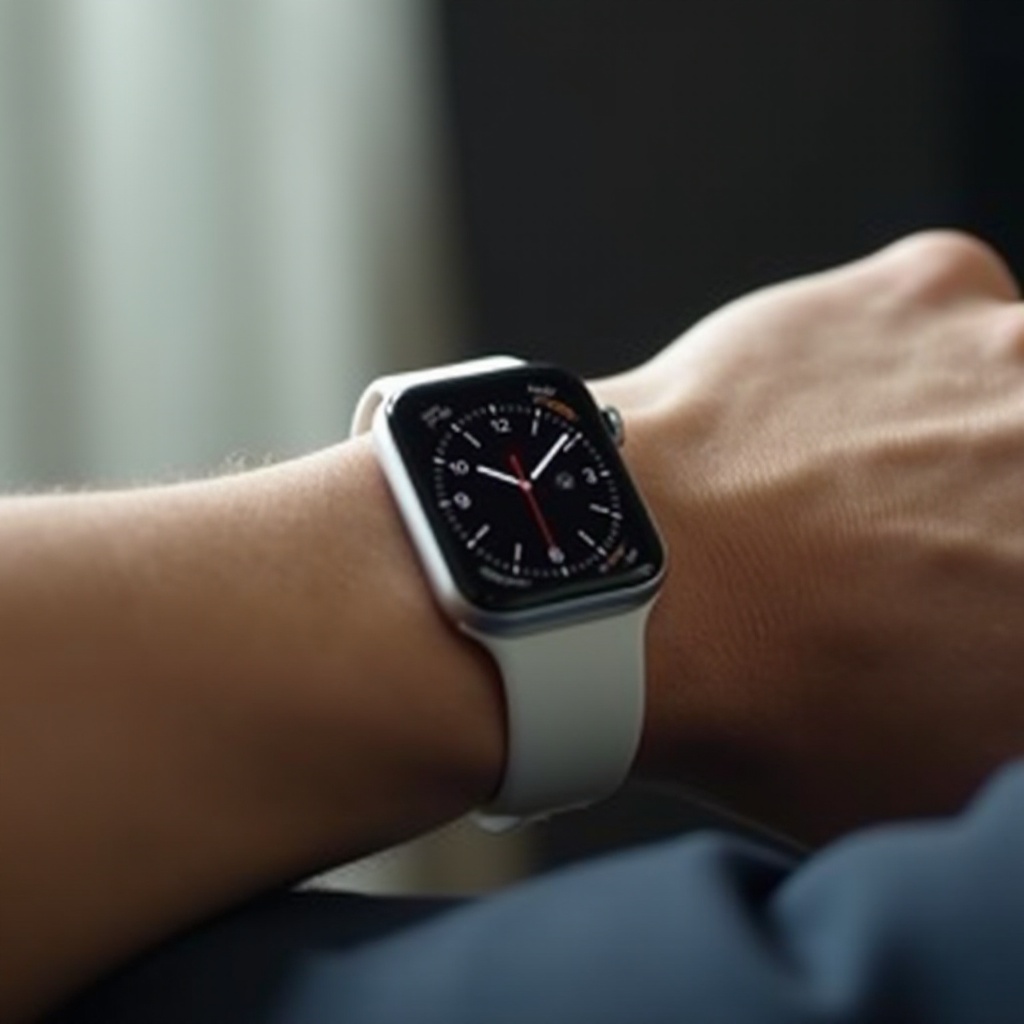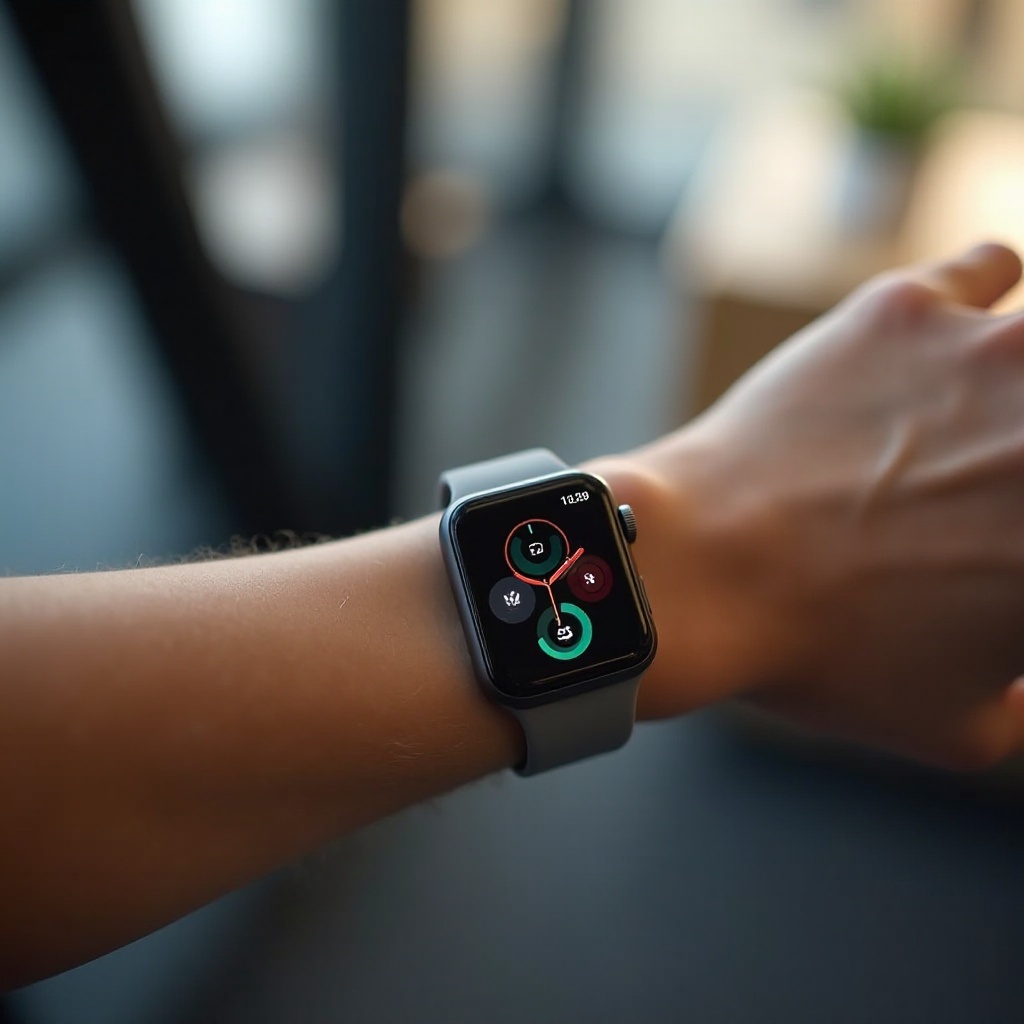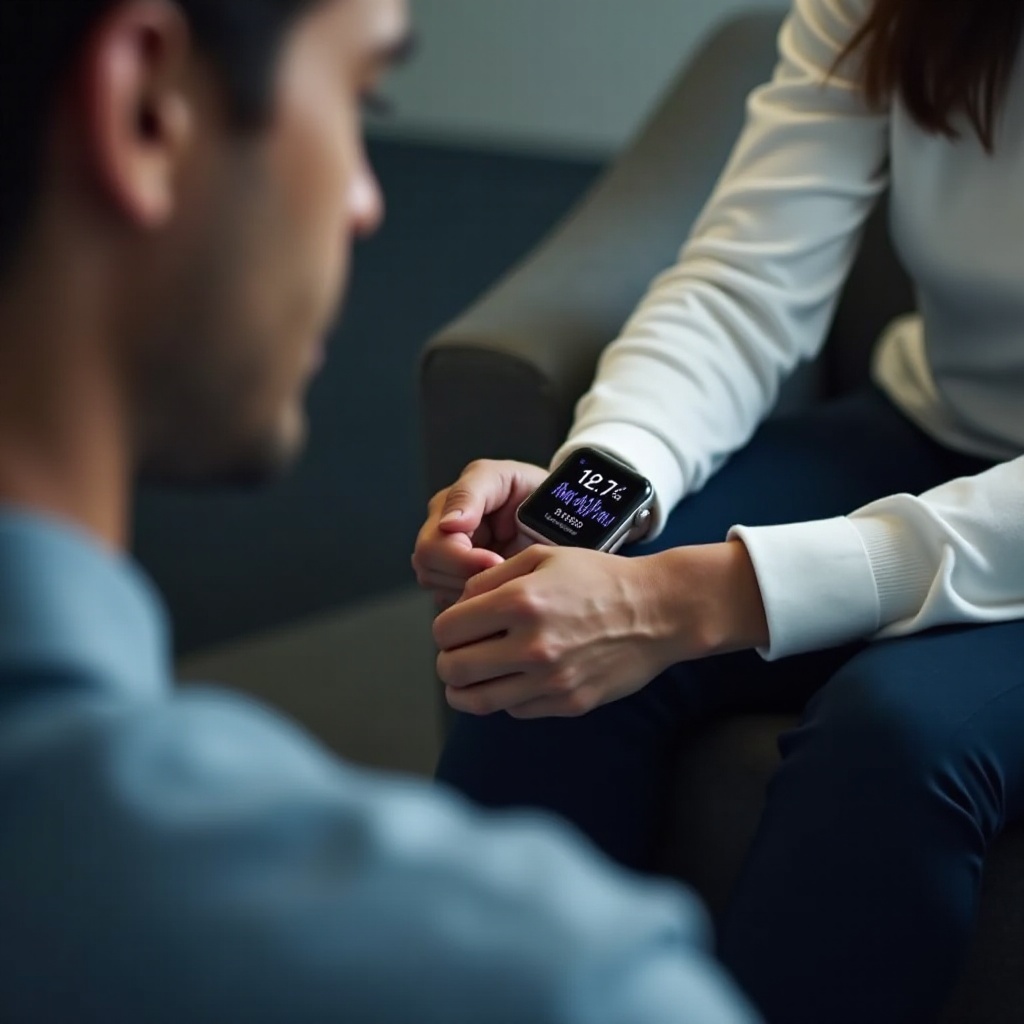Introduction
Wearable technology has revolutionized health monitoring, with the Apple Watch at the forefront of this evolution. While the device excels at monitoring heart rate and tracking fitness metrics, many users wonder, 'Can your Apple Watch take your blood pressure?' This article aims to clarify Apple Watch’s blood pressure measuring capabilities and explore potential solutions, third-party integrations, and what the future might hold.

Understanding Blood Pressure and Its Importance
Blood pressure is a crucial health indicator, reflecting how efficiently your heart pumps blood through your body. It's typically measured in millimeters of mercury (mm Hg) and consists of two numbers: systolic and diastolic. High or low blood pressure can indicate underlying health issues like hypertension, heart disease, or other cardiovascular conditions.
Monitoring blood pressure regularly provides critical insights into your overall health. Traditional methods often involve using a cuff around your arm, inflating it, and then reading the measurements. Understanding these methods helps set the stage for discussing how such technology might integrate into a wearable device like the Apple Watch.
Current Health Monitoring Capabilities of the Apple Watch
The Apple Watch is renowned for its array of health monitoring features, though blood pressure measurement is not one of them—at least not yet. Let’s delve into what the device currently offers:
Heart Rate Monitoring
The Apple Watch first garnered attention with its accurate heart rate monitoring. Equipped with optical heart sensors, the device continually records your heart rate, providing real-time data during workouts and even alerting you to abnormal heart rates when you're resting.
ECG Functionality
Introduced in newer models, the electrocardiogram (ECG) feature enables users to record their ECG directly from their wrist. This function can help identify signs of atrial fibrillation (AFib), an irregular heart rhythm that can lead to severe complications if untreated.
Blood Oxygen Levels
The watch also measures blood oxygen saturation (SpO2), which indicates how well your body distributes oxygen from your lungs to your bloodstream. This metric can be particularly valuable for athletes and individuals with respiratory conditions.
These features show that while the Apple Watch excels in monitoring various health metrics, measuring blood pressure remains outside its current capability. This brings us to the technology behind blood pressure monitoring and whether it could realistically be incorporated into future versions or enhanced through third-party apps and devices.

The Technology Behind Blood Pressure Monitoring
Traditional Blood Pressure Monitors
Traditional methods rely on a cuff that inflates around the upper arm, compressing the artery to measure the pressure required to halt the blood flow. The process involves both systolic and diastolic measurements, providing a comprehensive picture of cardiovascular health.
Wearable Blood Pressure Monitoring
Wearable devices aim to simplify this process, utilizing sensors and algorithms to estimate blood pressure. However, accurate wearable blood pressure monitoring remains challenging due to the complexities involved in replicating traditional cuff-based measurements in a wrist-worn format.
Potential Solutions for Blood Pressure Monitoring with Apple Watch
Third-Party Apps and Devices
Since the Apple Watch lacks built-in blood pressure monitoring, users can turn to third-party solutions. Various apps and devices complement the Apple Watch's health tracking:
- QardioArms: This wireless blood pressure monitor connects to the Qardio app, compatible with Apple Watch. Users take readings with QardioArm and sync the results to their Health app on the watch.
- Omron HeartGuide: A wearable blood pressure monitor that pairs with the HeartAdvisor app. While it’s a separate device, it can sync data to health apps on your smartphone.
How to Integrate Third-Party Devices
- Choose a Compatible Device: Ensure the device works seamlessly with Apple Health.
- Install the Necessary App: Download the specific app that pairs the device with your Apple Watch.
- Sync Your Devices: Follow the setup instructions to connect the monitor to your Apple Watch.
- Take Regular Measurements: Use the device as instructed and view your blood pressure readings on your watch or device app.
Pros and Cons
Pros:- Provides a solution for those needing regular monitoring- Some devices offer clinical-grade accuracy- Integration with Apple Health consolidates all metrics
Cons:- Additional cost and requires carrying another device- Not as convenient as having an all-in-one solution in the watch- Potential compatibility issues between different devices and software updates
These third-party solutions offer a workaround for users eager to monitor their blood pressure via their Apple Watch. However, as technology progresses, competition within the smartwatch market is pushing boundaries in health monitoring features.

Apple Watch's Competitors with Blood Pressure Monitoring
Samsung Galaxy Watch
One of the notable competitors, the Samsung Galaxy Watch, already includes a feature for blood pressure monitoring. While it requires calibration with a traditional cuff, it offers a glimpse into what might be feasible for future Apple Watch iterations.
Other Notable Smartwatches
Other brands like Omron and Withings offer smartwatches that emphasize health monitoring, including blood pressure. Though these devices provide varied user experiences, they indicate a growing trend towards integrating more comprehensive health metrics into wearables.
These advancements highlight the increasing competition in the health-focused wearables market and confirm the potential for future Apple Watch models to incorporate blood pressure monitoring.
Future Developments and Speculations
Apple's Research and Patents
Apple's latest patents and ongoing research suggest that blood pressure monitoring is a priority. The company is rumored to be developing a sensor capable of measuring blood pressure without the need for a cuff.
Industry Expert Opinions
Experts agree that while challenging, integrating blood pressure monitoring into the Apple Watch is plausible. Advancements in sensor accuracy and calibration techniques are likely to make this feature a reality in upcoming releases.
These developments are promising, suggesting that Apple Watch may soon offer native blood pressure monitoring, rivaling other market leaders.
Conclusion
While the current Apple Watch cannot measure blood pressure independently, a combination of third-party devices offers a viable solution. The evolution of wearable technology and increasing competition suggests that future iterations of the Apple Watch may indeed include this critical health metric.
Frequently Asked Questions
Can I measure my blood pressure with my Apple Watch alone?
No, the current Apple Watch does not have built-in blood pressure monitoring. Users need third-party devices and apps to measure blood pressure and sync the data with the Apple Watch.
What are the best third-party devices for blood pressure monitoring with Apple Watch?
Popular options include QardioArm and Omron HeartGuide. These devices pair with specific apps that integrate with Apple Health, allowing users to monitor and sync their blood pressure readings.
Will future Apple Watches include built-in blood pressure monitoring?
While there's no official confirmation, Apple's research and patents indicate that blood pressure monitoring is in development. Experts believe it’s likely Apple will integrate this feature in future models.

